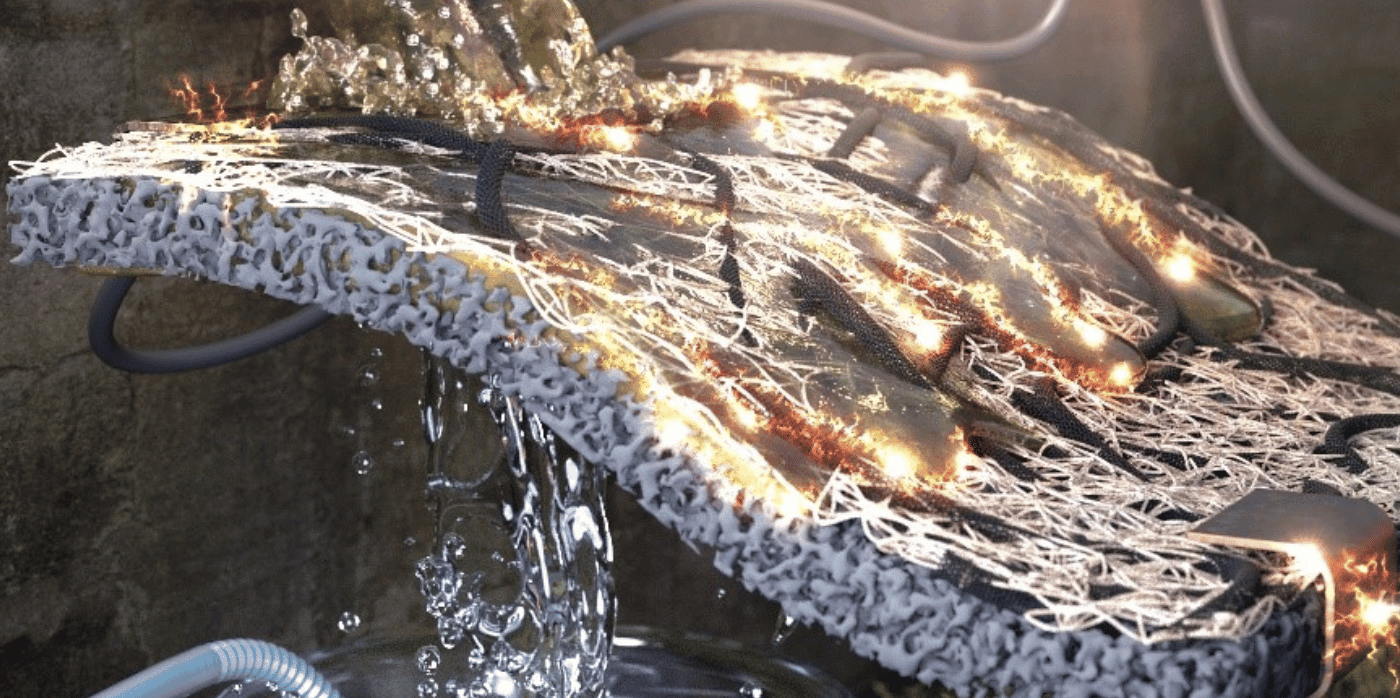
Spotted: According to the Centres for Disease Control, up to two billion people lack access to safely managed drinking water at home, and, at the same time, up to 770 million people live without access to electricity. The purification of water, for example from sewage or rainwater, is a high-energy process, which is why a number of innovators are working to develop renewable energy sources for purification. But what if the purification process itself could generate electricity? A team from the Korea Institute of Science and Technology (KIST) and Myongji University has recently announced that it has done just that.
The research team has developed a membrane that can simultaneously provide drinking water and generate continuous electricity from various water resources. The “sandwich-like” material includes a layer of porous membrane that can filter out most contaminants smaller than 10 nanometres. This includes microplastics and particles of heavy metals.
At the same time, water flowing over a layer of conductive polymer – perpendicular to the membrane – generates direct current due to ions moving horizontally. The membrane can be manufactured in virtually any size using a 3D printing process. This means it could potentially be adapted to any number of commercial projects.
Dr. Ji-Soo Jang, who headed up the team from KIST, highlights: “As a novel technology that can solve [the] water shortage problem and produce eco-friendly energy simultaneously, it also has great potential applications in the water quality management system and emergency power system.”
Finding solutions to the problem of water shortages has led to a number of recent innovations. Springwise has spotted a countertop water purifier, and a social enterprise working to establish affordable and reliable water infrastructure in Africa.
Written By: Lisa Magloff

